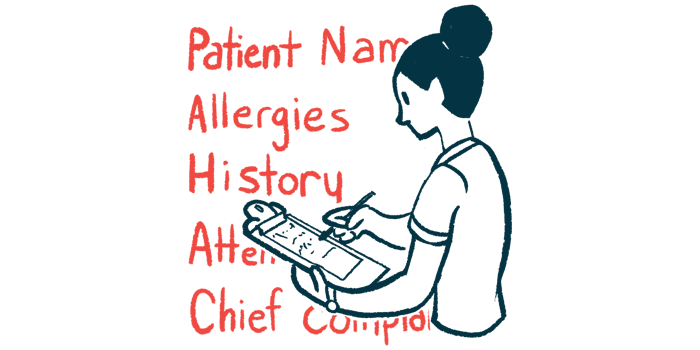Researchers Explore Trikafta in Younger Patients
Written by |

Researchers at the Children’s Hospital Colorado Breathing Institute are participating in four new studies to evaluate the long-term impact of Trikafta (elexacaftor, tezacaftor, and ivacaftor) in people with cystic fibrosis (CF) ages 6 and older, its effectiveness in infants and children younger than 6, and to find alternative treatments for those who don’t qualify for the therapy based on underlying genetic mutations.
The team, led by Edith Zemanick, MD, a pediatric pulmonologist, joined a Phase 3 clinical trial (NCT03691779) that supported the recently approved expansion of the triple combination therapy, marketed by Vertex Pharmaceuticals, in children with CF as young as 6 years old.
Trikafta, first approved in the U.S. in 2019, previously was limited to patients 12 and older who have at least one F508del mutation in the cystic fibrosis transmembrane conductance regulator (CFTR) gene — the most common CF-causing genetic defect, seen in about 90% of cases.
“When TRIKAFTA was approved in 2019, it became the most effective CF treatment to date, substantially helping approximately 90% of people living with CF,” Zemanick said in a press release. “Because of the immediate, robust improvements observed in patients 12 years and older, we wanted to quickly evaluate whether this treatment would be safe and efficacious for younger patients.
“Until now,” she added, “there was an unmet need in getting the most effective treatment for CF to younger children in order to prevent complications related to CF that are known to start early in childhood.”
The international study, for which data were published earlier this year, was conducted across 21 sites in five different countries and monitored children ages 6 to 11 over 24 weeks of treatment. The findings showed Trikafta led to marked improvements in key disease measures, including enhanced lung function, increased body weight, and a decrease in sweat chloride levels to values below the diagnostic range in more than 80% of children.
“When we’re able to start TRIKAFTA at an even younger age, the results are dramatic,” said Zemanick. “Many parents have commented they didn’t realize their child with CF wasn’t feeling well or didn’t have as much energy as other kids because their lungs weren’t letting them live up to their potential. Now they’re able to see what their child can do with better lung and nutritional health.”
Zemanick’s team is now helping lead two nationwide studies sponsored by the CF Foundation. The PROMISE study (NCT04038047), which has enrolled 490 CF patients, 12 years and older, is underway.
The observational study will examine the long-term effects of Trikafta treatment on pulmonary function, sweat chloride, airway infection and inflammation, digestion and pancreatic disease, as well as cystic fibrosis-related diabetes and liver disease over two years.
The PROMISE Pediatric study (NCT04613128), which now is recruiting up to 180 children, ages 6 to 11, at multiple U.S. locations, also will evaluate the long-term impact of Trikafta on these same CF disease manifestations over two years.
Children’s Hospital Colorado also is participating in the BEGIN study (NCT04509050), conducted at 34 sites across the U.S. in about 210 CF infants and children up to 5 years old. It will assess Trikafta once the medication is available for this age group, or the monotherapy Kalydeco (ivacaftor). Contact information and locations are available here.
Finally, the multi-site RARE study (NCT03161808) is enrolling up to 500 CF patients ages 12 and older to identify treatments for those who don’t qualify for Trikafta based on their underlying genetic mutations. This study will collect cell and blood samples for up to five years.
“Approving TRIKAFTA for younger kids is a tremendous step but our work is not done until we have a cure for CF,” Zemanick said. “We are leading local efforts in the RARE study to collect cells and biospecimens from the almost 10% of the cystic fibrosis population with rare mutations. This is to find a highly-effective disease-modifying therapy such as TRIKAFTA for the population of patients TRIKAFTA does not work for.”
Scott Sagel, MD, pediatric pulmonologist and director of the University of Colorado CF Center, added: “I am so proud of the role that Children’s Hospital Colorado is playing in the development and approval of these highly effective treatments for our younger children with CF.
“Our successful enrollment in these clinical trials is a testament to the commitment of our CF research team and children with CF and their families to find better treatments for CF,” he said. “Investigators at Children’s Colorado are helping to lead nationwide studies to better understand the biology of CFTR modulator treatment and to determine changes in important biomarkers of lung disease and CFTR restoration.”







